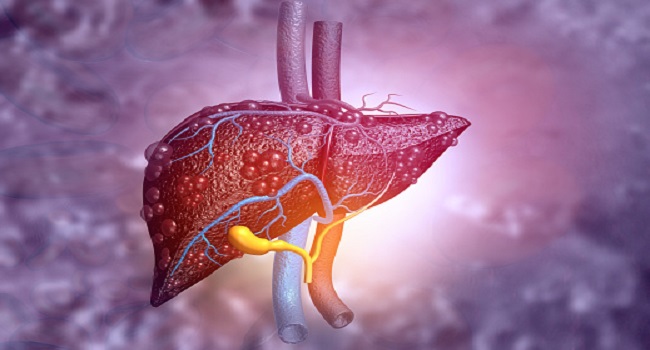
The liver is an essential body organ and liver disease is a major cause of mortality and morbidity worldwide. Cirrhosis is a condition in which your liver is scarred and permanently damaged. In 2019, cirrhosis was associated with 2.4% of global deaths. Hepatic encephalopathy is a severe complication of liver cirrhosis. A clinical trial investigated the efficacy of a drug called L-ornithine L-aspartate (LOLA) in the management of hepatic encephalopathy.
What is Hepatic Encephalopathy?
Hepatic encephalopathy (HE) is a condition that occurs when the liver is unable to properly filter toxins from the blood. These toxins can then build up and affect the brain, leading to symptoms like confusion, disorientation, and even coma. Severe hepatic encephalopathy is a medical emergency that requires immediate treatment.Hepatic encephalopathy occurs in 30%–40% of patients with liver cirrhosis and is associated with a mortality of more than 50% in the first year alone. The chief neurotoxin implicated in the development of HE is ammonia (NH3), which is released from the kidney, muscle, and intestine. Ammonia enters the portal vein and the systemic circulation directly or by bypassing the liver through the portosystemic shunts in patients with cirrhosis. NH3 crosses the blood–brain barrier, resulting in swelling of the brain cells, which disturbs brain transmission, leading to HE.
LOLA is the combination of natural amino acids ornithine and aspartate. It works by detoxifying NH3 in cirrhosis patients. However, data on the use of intravenous L-ornithine L-aspartate (LOLA) in the treatment of overt HE (OHE) is limited.
